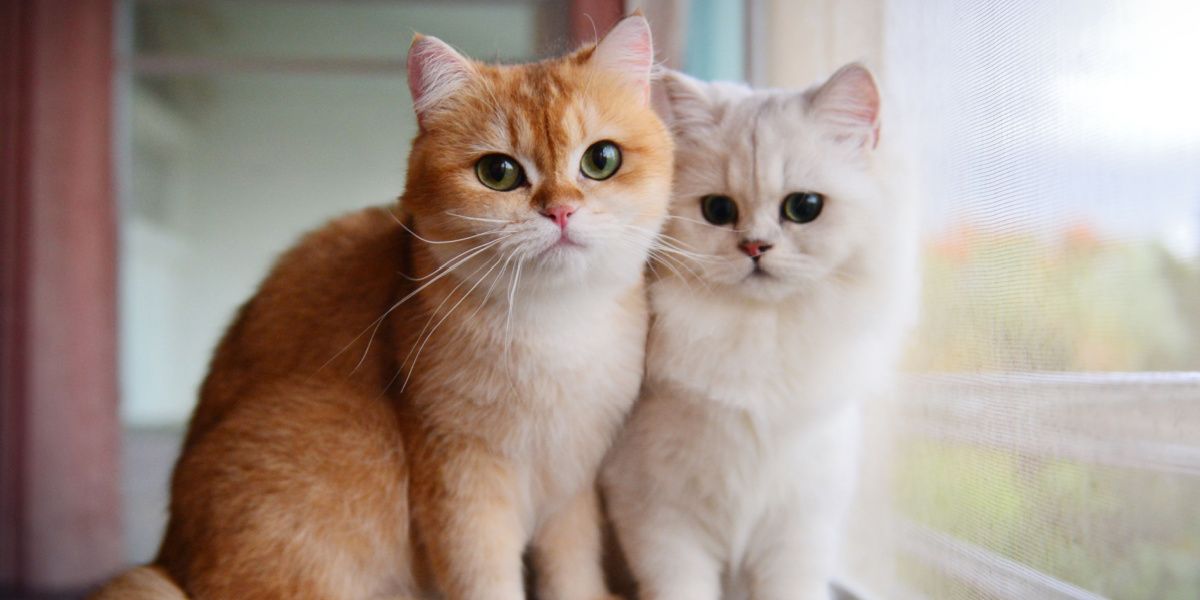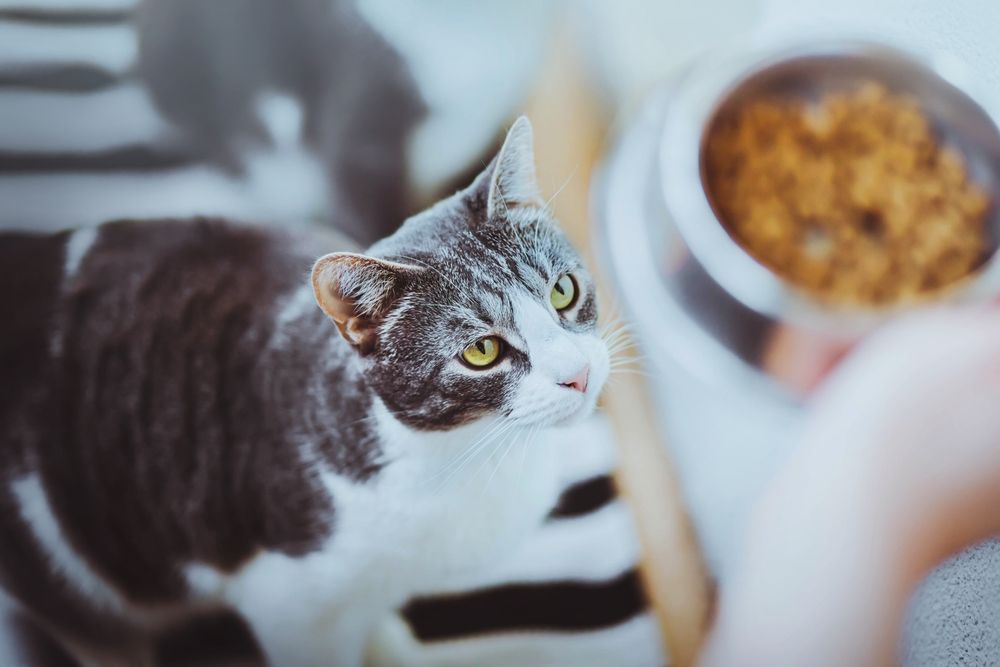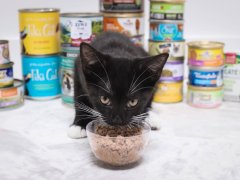
Having a cat around your home is a wonderful thing, and all cat lovers will agree that times spent with your kitty curled on your lap, occasionally receiving loving headbutts and appreciative purrs, are truly priceless. But how long have humans been enjoying the company of cats? When were cats domesticated and are domestic cats related to big cats?
Key Takeaways
Cats were domesticated around 12,000 years ago in the Middle East.
Domestication came about for the mutual benefits of having more food available and reducing rodent numbers.
The Egyptian Mau is the oldest known domestic cat breed.
In this article, we’ll look at the origins of domestic cats, the first recognized domestic breeds, and how things have changed. Don’t forget to scroll to the end of the article where we’ll be answering your most asked questions about the domestication of our feline favorites.
When Were Cats Domesticated?
The question of when cats were domesticated, and by whom, has been revisited many times over the years, due to advances in genetics, archaeology, and related sciences. According to archaeological evidence, the Ancient Egyptians are well known to have lived alongside cats, worshipped a cat goddess (completely understandable!), and buried cat mummies. Therefore, they are often given the credit for domesticating cats over 3,000 years ago.
However, in reality, cats have been domesticated and living around humans for much longer. Human settlements in an area of the Old World known as the Fertile Crescent are where cat domestication originally began – around 10,000 to 12,000 years ago!
This was confirmed by scientists and geneticists who performed an extensive genetic analysis of wildcats and domestic cats. This confirmed the presence of five wildcat subspecies, including the European wildcat, and African wildcat. However, rather than domestic cats originating from different subspecies of wildcat, the genome of domestic cats in Europe, America, Asia, and Africa, was identical to that of one subpecies found in the Middle East, including Israel, Saudi Arabia, and the United Arab Emirates. These shared genes demonstrate the evolution of domestic cats worldwide from this single wild ancestor.
What Would Trigger the Domestication of Cats?

Cats and humans both benefit from the closer relationship brought by domestication
You might wonder why cat domestication took place. However, when you consider the benefits to both humans and cats, it’s not really surprising!
Felines are excellent hunters, and they were first domesticated by farmers. From the human’s point of view, having a feisty feline around their settlement meant fewer rodents and pests, protecting their grain stores and promoting better health.
From the cat’s point of view, they got access to food in the form of scraps and hunted prey. This mutually beneficial relationship is at the core of domestication, and compatible remains of house mice from the time have been found.
Which Are the Oldest Cat Breeds?
While these domesticated eastern wildcats, Felis silvestris lybica, are the origin of our domestic cat breeds 10,000 years ago, there wasn’t a recognized domestic cat breed until much later. The Egyptian Mau is thought to be the earliest cat breed, appearing over 3,000 years ago in Ancient Egypt. Although more recent, the Japanese Bobtail, Thai Korat, and Siamese cat are also some of the oldest breeds, ranging from a few hundred to over 1,500 years old.
You might find it strange that cat breeds are relatively young compared to how long cats have been domesticated, but breeding for specific desirable physical traits and characteristics is a relatively recent concept.
Which Cat Breeds Are Most Popular Today?

The Ragdoll is one of the most popular cat breeds today, known for their friendly and inquisitive natures.
While you won’t find the Egyptian Mau, Japanese Bobtail, Siamese, and Korat on the most popular pet list these days, they can still make wonderful feline family members. Some of the most popular cat breeds currently include the Ragdoll, Maine Coon, Exotic, and Persian breeds.
Also Read: The 9 Friendliest & Nicest Cat Breeds In the World
Frequently Asked Questions
When did cats become pets in the US?
Cats often accompanied crew on ships in the 15th and 16th centuries. Their presence would reduce rodents and preserve food stores. This likely brought them to the United States, and as they were already comfortable around humans, they continued to be kept.
When were cats first kept as pets?
Cats were welcomed by humans in early settlements around 12,000 years ago when farming began. Cats reduced the pest and rodent population, which helped to preserve crops and food stores.
What were cats before they were domesticated?
Genetic testing has demonstrated that domestic cats share DNA with wildcats originally from the Middle East.
Are cats related to big cats?
Although cats are not directly related to lions and tigers, domestic cats have origins in the Middle East as wildcats, and they do share some similarities. You can find out more in our article 7 Similarities Between Domesticated Cats and Big Cats.







